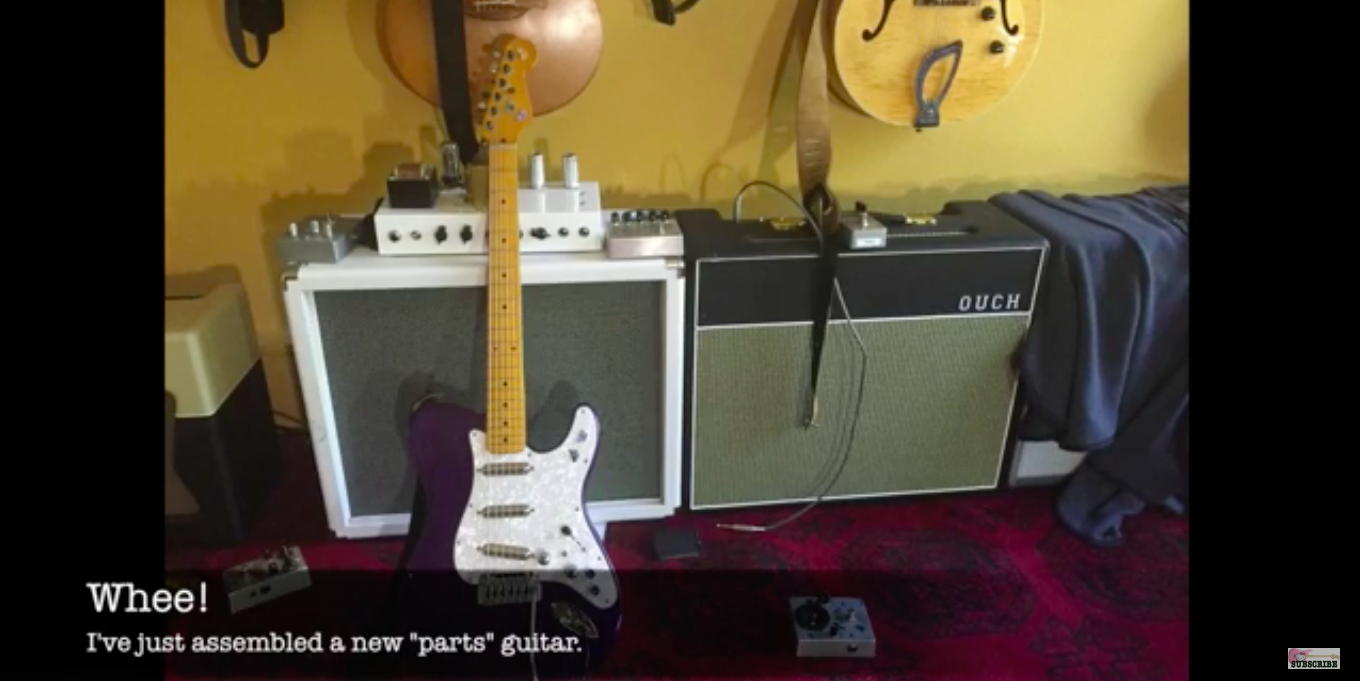Hi All. I have a wuestion…. What would be the result of running the signal from humbucker into a tone pot the way not another tone pot and then to the jack?
Announcement
Collapse
No announcement yet.
Tone pots in a series?
Collapse
X
-
Signal to the jack does not actually run through the tone pot.
What the tone pot does is divert some treble to ground before it reaches the output.
Assuming you do mean one tone pot into another tone pot, then to ground... I don't think that would give any advantages.
IMO if you want two regular treble rolloff pots on one signal (different caps for different frequencies), best to run them in parallel.
You would normally tap them both from the same spot, not one into the other.
EDIT: If you want a bass cut plus a regular treble cut, they need to be separate because they work differently.
With a bass cut the cap actually is in the signal path, rather than on a side shunt like treble cut. It only allows higher frequencies to pass.
Here, the pot allows signal to bypass the cap, instead of feeding more through the cap like it does on a standard tone control.
Shunt, the word we use for an alternative path for electricity, was railroad jargon for moving a train off the main line to a side track.Last edited by eclecticsynergy; 02-11-2022, 05:54 PM..
"You should know better by now than to introduce science into a discussion of voodoo."
.
Comment
-
Let me try to decipher your post, I think you are asking what happens if you go pickup -> tone1 -> tone2 -> output?
As Elclectic mentioned, signal isn’t really flowing throw tone pots in series, they are all in parallel with ground. This could be a good option to have a small cap value to roll off very high frequencies and then a bigger cap value to roll of treble and big midrange frequencies if that’s something you’d want. A caveat, the more pots connected in parallel, the lower the resistance to ground and the “darker” the pickup becomes with everything 100%. You can mitigate this with no load pots or 1M pots to increase effective impedance.
If you are talking about another concept, you can ignore the above.
- Likes 1
Comment
-
There's also a nifty trick from Joe Gore that uses two different value caps on a single pot.
Check out this idea (he used Duncan lipstick tube pickups, but it ought to work with anything you choose):
Last edited by eclecticsynergy; 02-11-2022, 06:12 PM..
"You should know better by now than to introduce science into a discussion of voodoo."
.
Comment



Comment